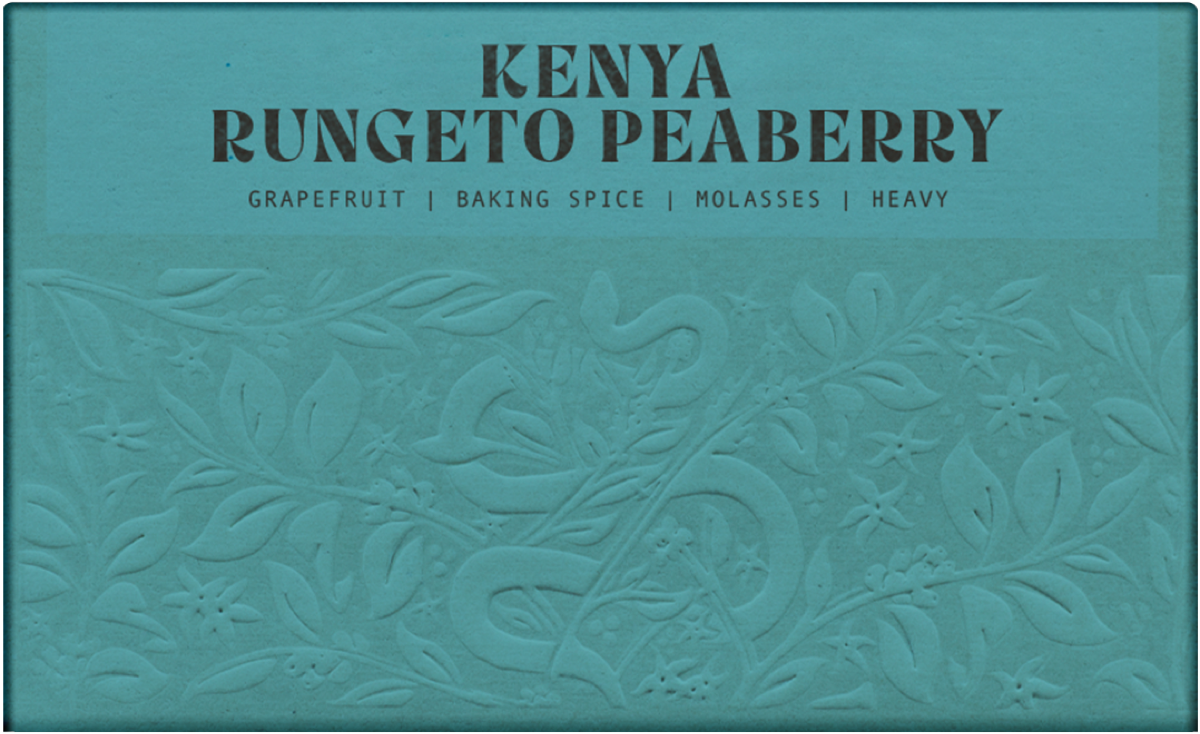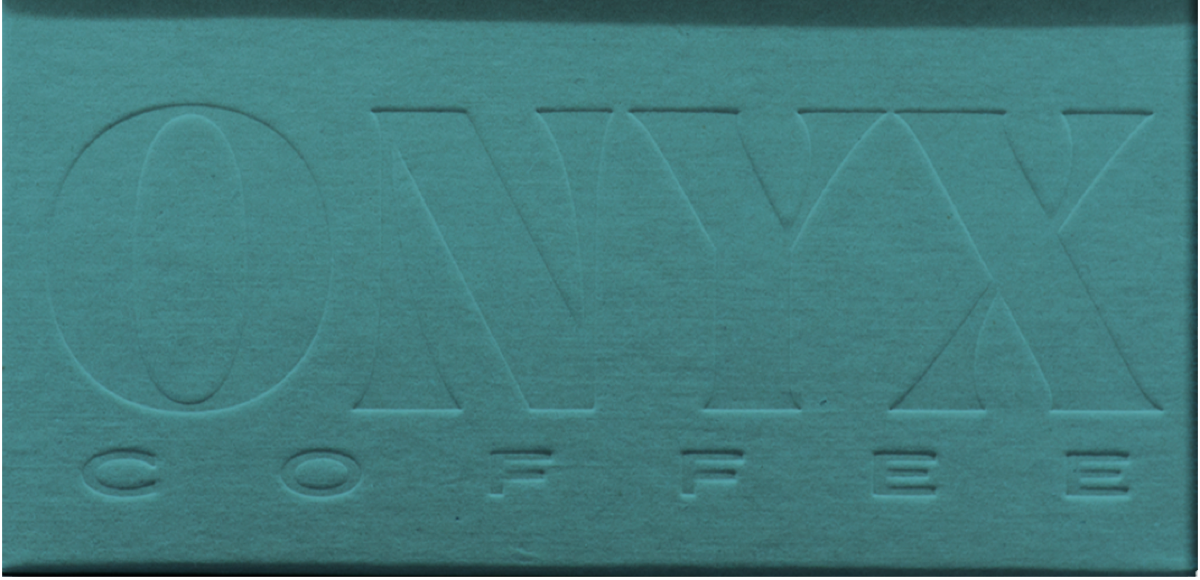Story
In December of ‘19 we visited our friends at NKG mills just outside of Nairobi, Kenya. Christophe from NKG has been very kind to us through the seasons, during the harvest he drove us up to visit a few stations that we had purchased from in the past. While driving through Kirinyaga county, we stopped to visit the Kii factory of the Rungeto Farmers Cooperative Society. The Kii factory sits on a vibrant red dirt road just outside the Githure, where trucks come in full of cherry to be dropped into a large tank to be processed. Kii is under careful management, where they uphold strict quality standards from cherry to drying. After cherries are dropped off, they’re sorted and depulped. The parchment ferments in dry tanks overnight. Once it’s been fermented, the parchment is passed through clean tiled channels, where it is washed of the last mucilage before being transferred to a drying bed. Once the coffee is transferred to the drying beds, it is labeled and turned often to ensure even drying. At the time of our visit, the Kii factory drying beds were nearly completely full. Kii operating at maximum capacity is due to the growing membership of the Rungeto FCS. Between the three factories, the coop has over four thousand members, and processes nearly nine thousand bags of coffee throughout the harvest. Once the harvest was complete, we returned to Kenya and cupped some of the Rungeto production at NKG. We zeroed in on the cupping table on this peaberry lot, which is a blend of the three factories' top-quality peaberries. (Read more on peaberries below.)
KENYA PROCESS
In the Kenya process, first, the cherries are sorted, and under-ripe/overripe cherries are removed. Once the sorting is finished, the coffee is then depulped. This is done by squeezing the cherry through a screen and removing the fruit and skin from the bean. The coffee is then left to ferment in white ceramic tiled tanks for 24 hours. Next, the coffee is stirred for a short amount of time and left to ferment for another 24 hours. After two days of dry fermentation, the coffee is washed with fresh water, removing the sticky mucilage attached to the beans that are loosened by bacteria during the fermentation. It’s then soaked in water to ferment overnight slightly. The coffee goes through sorting and density channels, which separates the lots, and then it is taken to raised beds to dry. Once it reaches 11.5-12% moisture content, the coffee is brought to conditioning bins to rest until it goes to the dry mill.
Once a coffee has been processed, dried, and then milled, it goes to a sorter that separates the beans by specific characteristics, mainly size. Coffee goes into a machine that vibrates, sending beans through different screens with different-sized holes and sorts the coffee based on size and density. This results in a more uniform coffee and cup profile. Then the coffees are auctioned based on the grade (size & density) they have.
AA (screen size 17 & 18)
The largest and most celebrated grade of Kenyan coffee. Usually the highest priced coffee on the auction from each outturn and factory. AA is is the most common grade we buy and what we normally expect from an outstanding Kenya cup.
AB (screen size 15 & 16)
This grade represents about 30% of Kenya production. While AB is usually considered lower quality than AA, we find that to not be accurate in the cup. Over the years of cupping, we have consistently found incredible AB’s that actually cup better than their more prestigious AA relatives, enforcing the idea that everything must be cupped and not have its value determined based on classification or reputation.
PB (Peaberry)
Peaberries represents about 10% of Kenya production. They are a result of a coffee cherry only producing one bean instead of two. Technically they are fused together during early stages and form one round bean instead of two half spheres. We tend to notice more fermentation tasting notes here. Winey, syrupy, and mouth coating are some of the attributes that we usually notice in the cup.
OTHER SIZES
E (large Peaberries & large chipped beans)
C (screen size 14 & 15)
TT (falls through 14)
T (small or broken pieces of beans)



